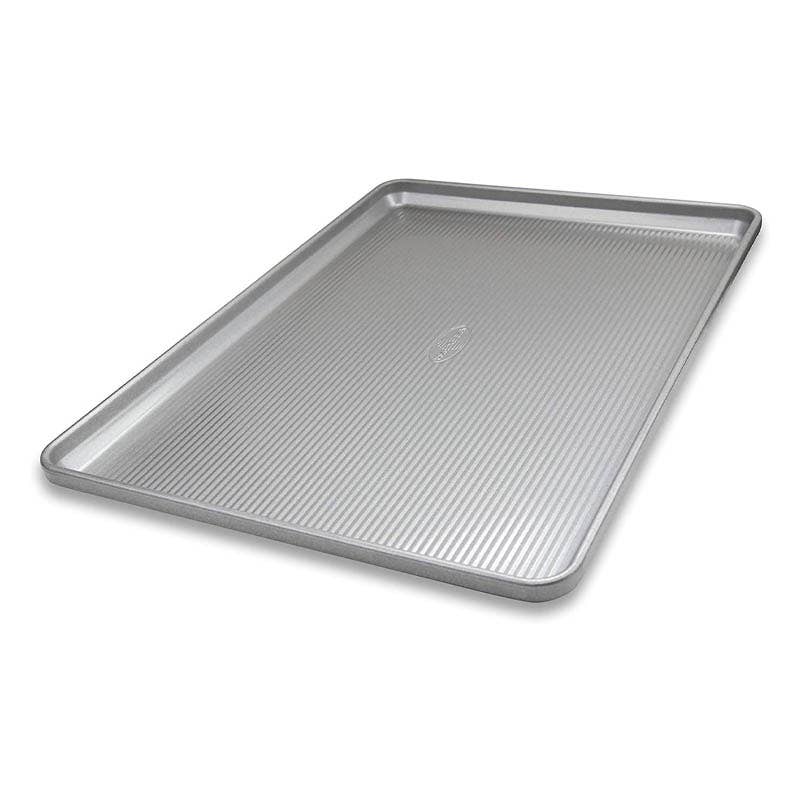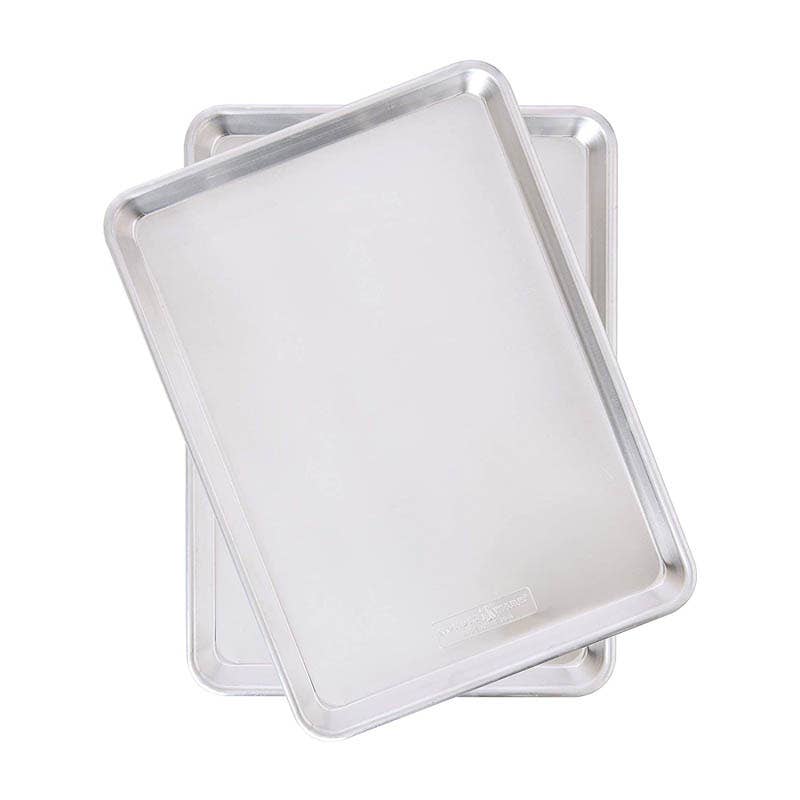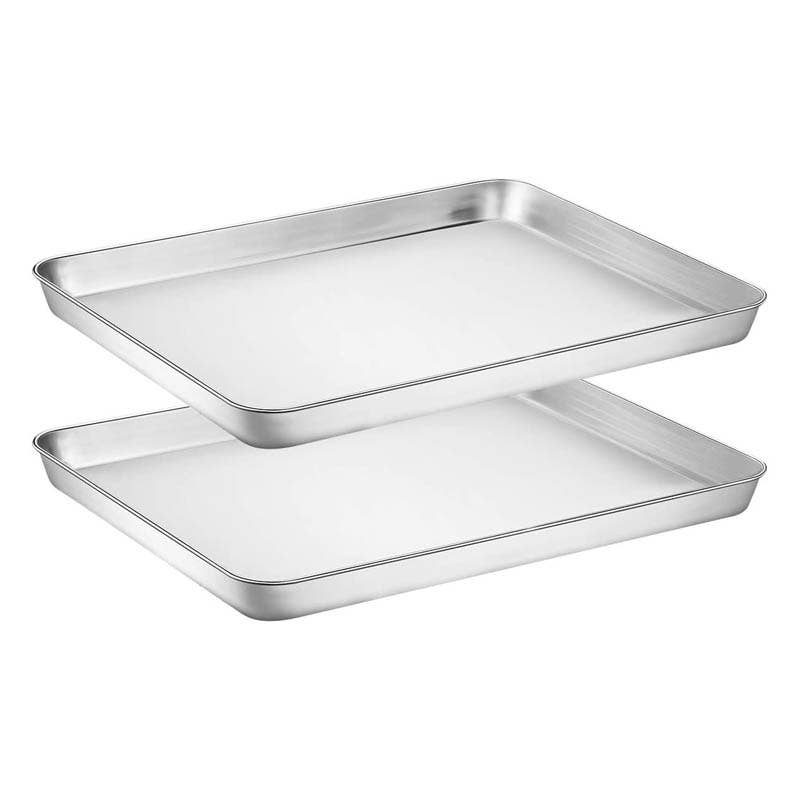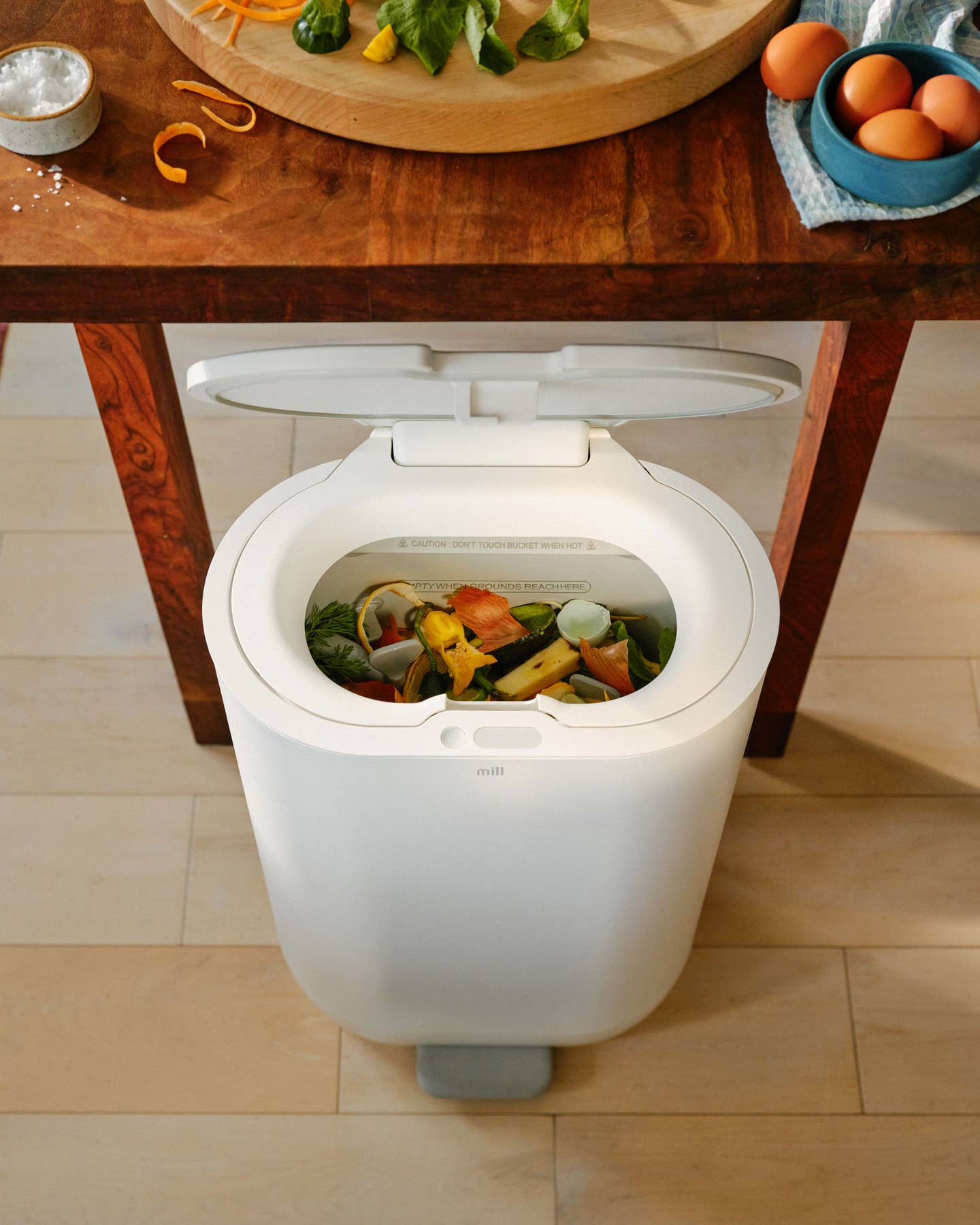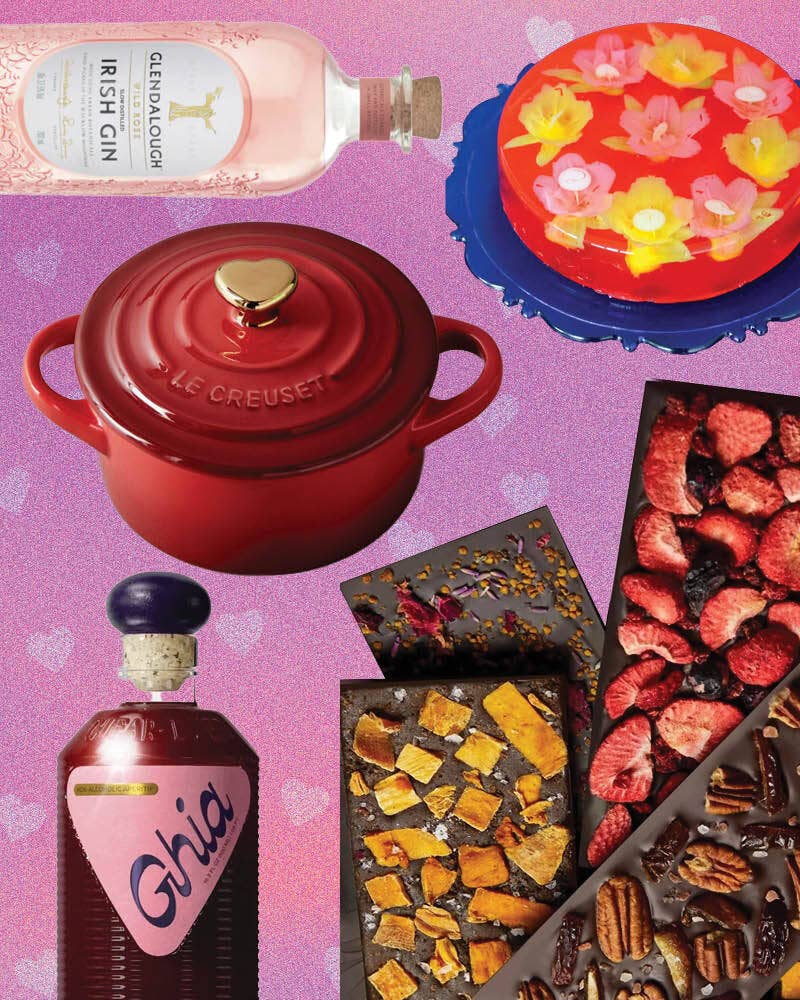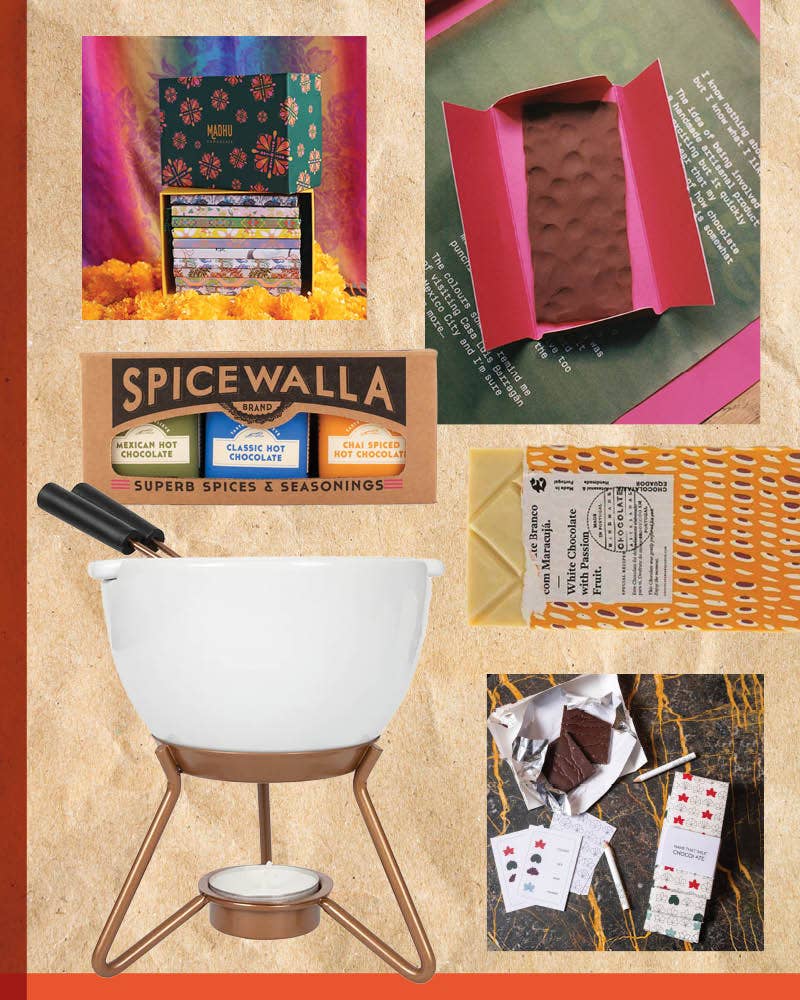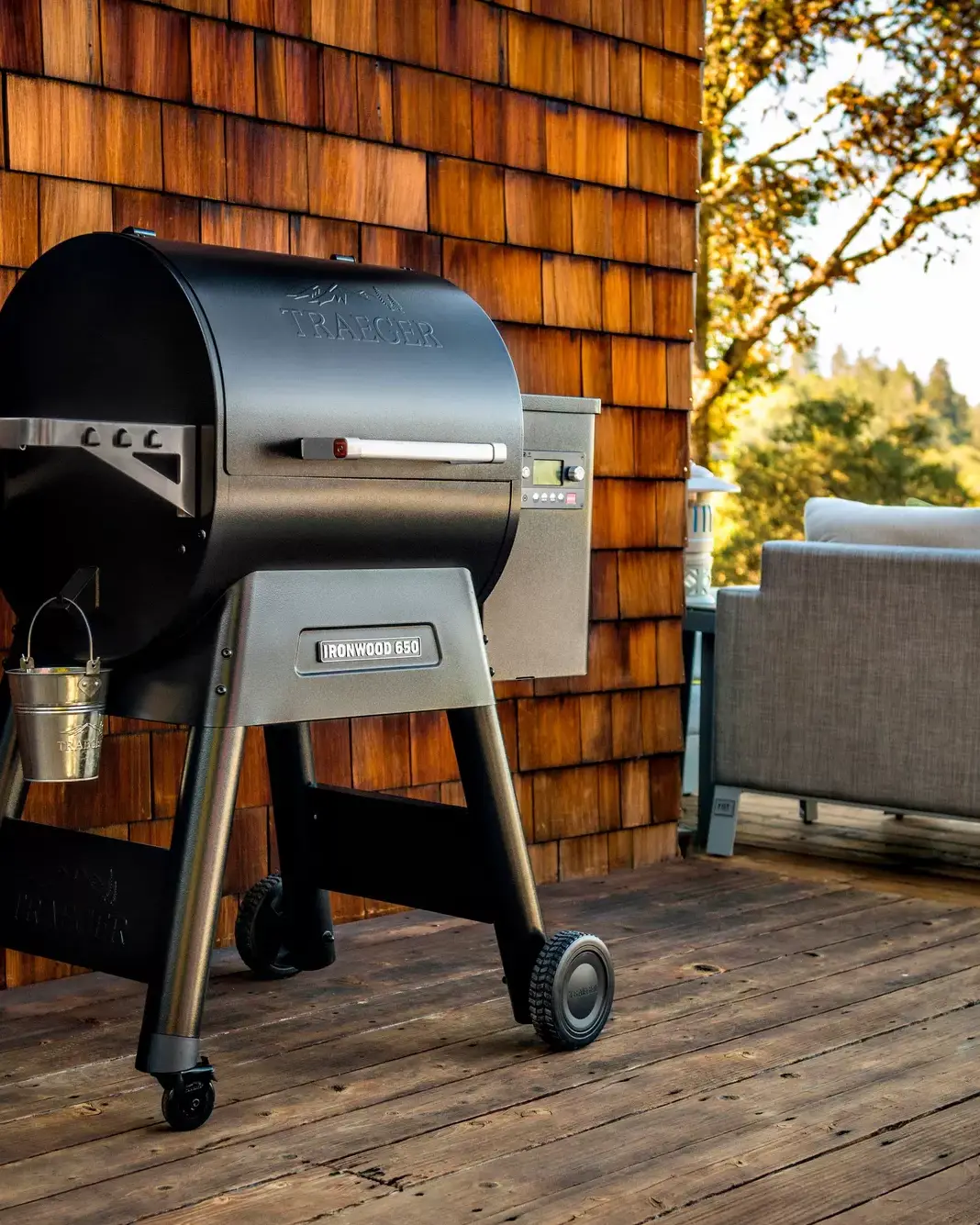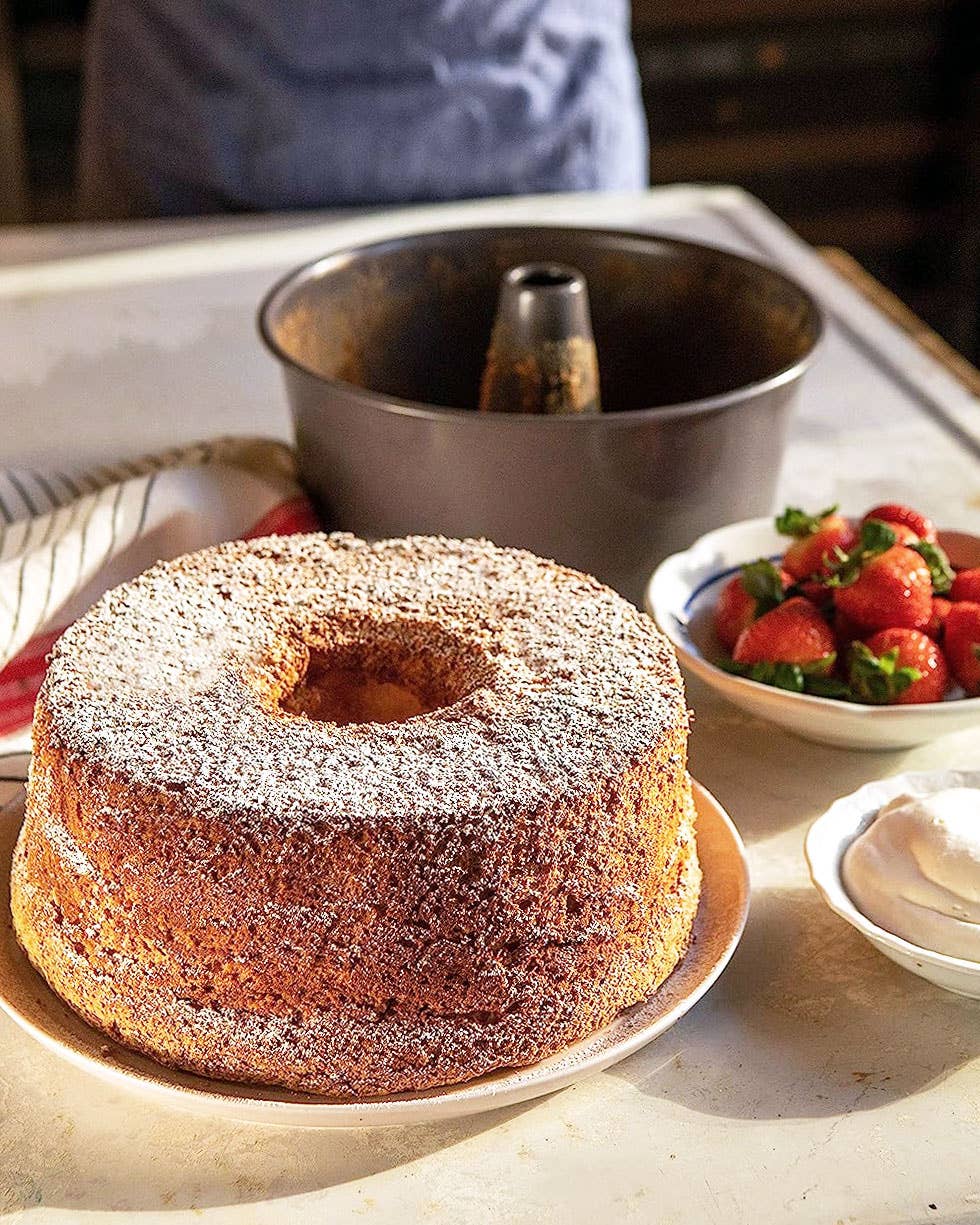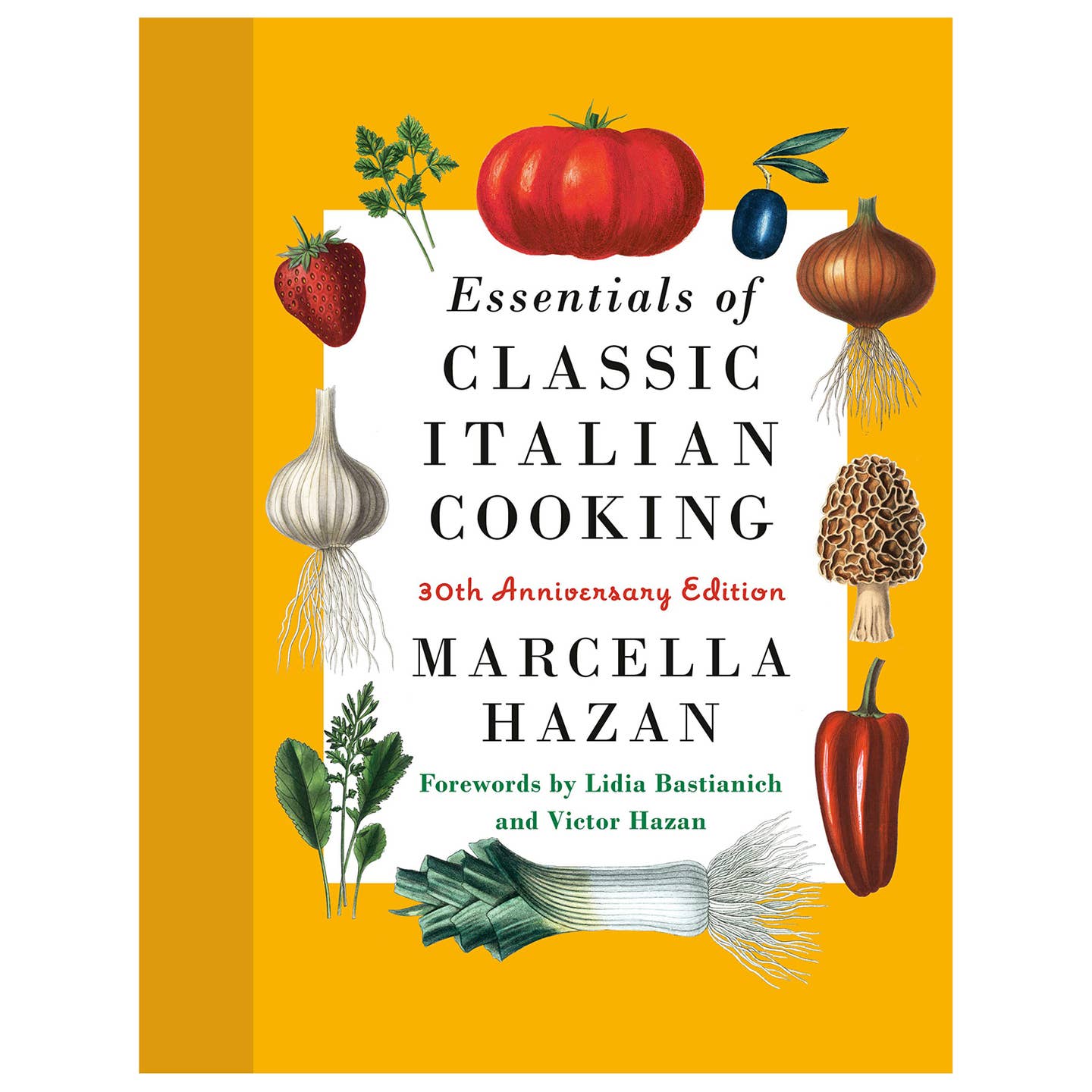The Best Baking Sheets Are More Than Just a Backdrop for Your Next Recipe
Plus, the trick to avoid warping over time.
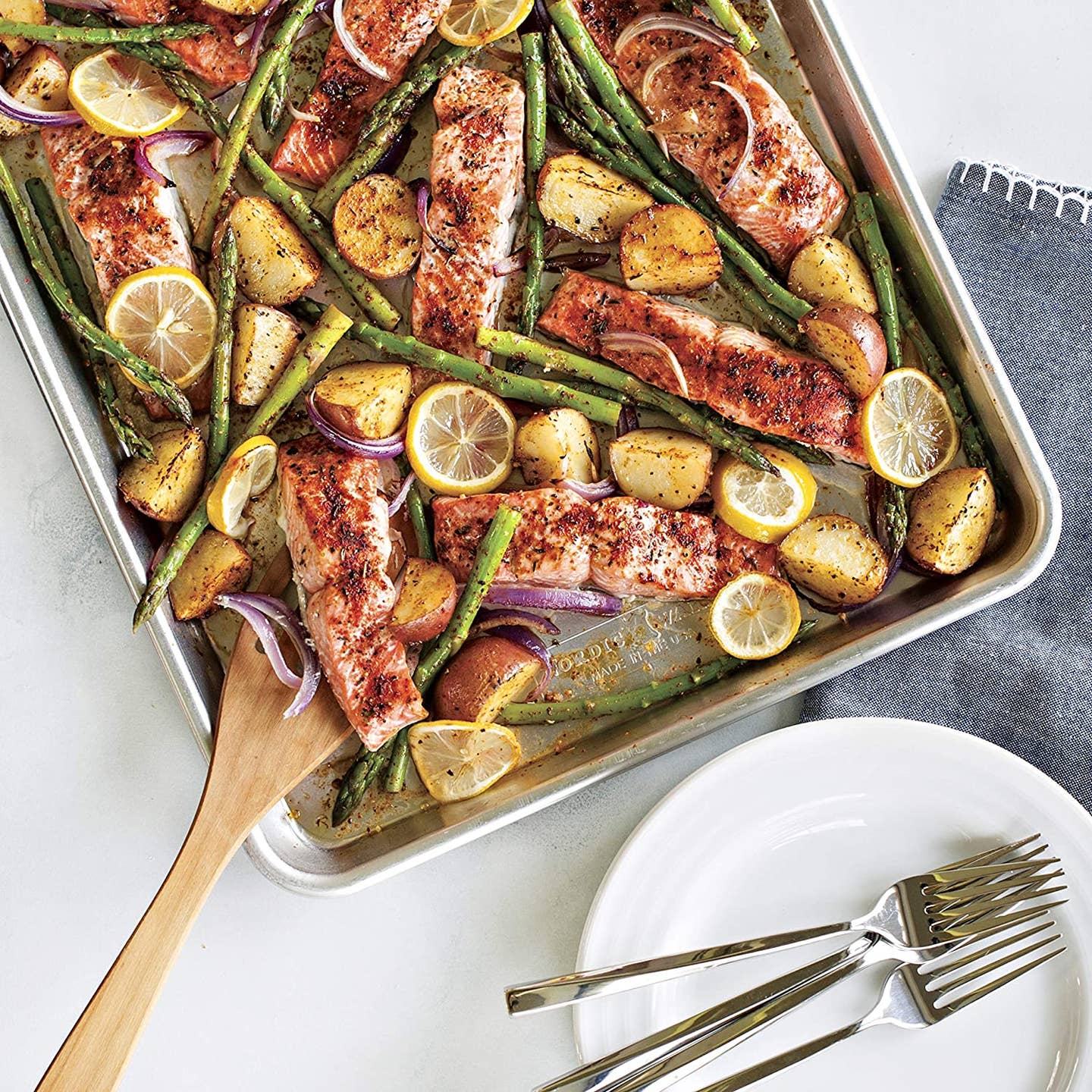
From fragrant chamomile roast chicken to citrusy mantecados, our feeds have been inundated with images of people’s culinary triumphs—and their trials and tribulations, too. Workaday baking sheets pulled their weight through it all. Simple yet versatile, these humble kitchen staples are arguably the most important tool in your arsenal, but some are better than others. To help us on our quest to find an ideally weighted, perfect-for-everything, Holy Grail sheet, we tapped Tyler O’Laskey of Perenn Bakery in Reno, Nevada, and Rita-Ashley Cunningham of Cupcakes by Ritaa in Atlanta for their recommendations.
- Best Overall: USA Pan Heavy Duty Nonstick Baking Pan
- Best Value: Nordic Ware Natural Aluminum Commercial Baker's Half Sheet
- Best Stainless Steel: Wildone Stainless Steel Cookie Sheet Set
Features to Keep in Mind
Material: According to O’Laskey, you can’t go wrong with bare aluminum if you’re on a budget and cooking in large quantities. “At our bakery, we use 18-gauge or heavier aluminum baking sheets lined with parchment,” he says. It’s less expensive than aluminized steel (which is made by dipping steel in an aluminium-silicon alloy) or tri-ply construction (aluminum that’s sandwiched between stainless steel) and distributes heat evenly. That said, O’Laskey recommends splurging if you want one that’ll last for years. “For baking at home, I use a nicer-quality aluminized steel pan,” he says. “They will last a lifetime, so they are worth the slightly higher investment.” Stainless steel is a good option for anyone who prefers to avoid aluminum altogether: Though they take longer to heat up, the non-reactive metal retains heat well, helps ensure that food cooks evenly, and can go in the dishwasher after dinner.
Size: Most everyday cooks prefer the versatility of a half sheet, which fits perfectly in smaller-sized home ovens, but there are uses for every dimension. A full sheet measures 26 by 18 inches with rims about one inch high; they’re largely used in restaurants, so unless you’re buying for a commercial oven, you’ll want to 86 this one. A half sheet is—you guessed it—precisely half the size of a full sheet at 18 by 13 inches; these can be used for just about every kind of recipe, from sweet to savory. Quarter and eighth sheets are good options for prep work, setting your mise en place, or small baking projects, as are jelly roll pans, which fall somewhere between a half and a quarter sheet. Which is best for you, of course, depends on what you’re baking and the size of your oven, so pay close attention to what the recipe calls for and measure your oven rack before buying.
Gauge: A heavier gauge is also important, but it comes down to budget. “The heavier the gauge, the more expensive; the heavier the pan, the better the pan conducts heat and the more even your baking will be,” O’Laskey explains. Heavier pans also tend to be more durable than thin ones, so you might want to consider paying more up front for a sheet pan that lasts.
Our Top Picks
Best Overall: USA Pan Heavy Duty Nonstick Baking Pan
Best Overall
O’Laskey’s mom gave him a hand-me-down USA Pan when he moved to college—and it’s going strong more than a decade later. “My wife and I still use it several times a week at home,” he says. “It looks and bakes the exact same as it did when my mom gave it to me.” That’s because the commercial grade aluminized steel sheet is reinforced to prevent warping and covered in a patented non-stick, BPA-free silicone coating, ensuring even cooking and high-performance baking.
Best Value
A less expensive but solid alternative to pricier options, Nordic Ware’s rustproof aluminum sheet is a fan favorite for bakers of all experience levels. “The finish might fade and not look as shiny after a few uses, but silicone mats or parchment paper fixes all that and cuts down on messes at the same time,” O’Laskey says. To keep it looking like new, avoid using it to cook acidic foods like vinegar and tomatoes.
Best Stainless: Wildone Stainless Steel Cookie Sheet Set
Best Stainless
For those concerned about aluminum possibly leaching into food, try going the stainless steel route. Rita-Ashley Cunningham of Cupcakes by Ritaa prefers this pan because it’s easy to clean and is available in five sizes (choose from a mini 9-inch to an extra large 18-inch option); it’s also a must-have for its sleek finish, sturdiness, and rust-free surface. Be sure to distribute food evenly across the surface and heat it slowly to prevent the metal from buckling.
Ask the Experts
What’s the difference between a baking sheet and a cookie sheet?
It all comes down to the rim. Cookie sheets have one raised edge to allow baked goods to slide off onto the cooling rack or plate with ease, while baking sheets have four raised edges that are each about one-inch tall. It’s a matter of personal preference: “I prefer the security of the rimmed sheets [because] there’s less chance of dropping pastries,” O’Laskey says.
How do I clean my baking sheet?
No need to overcomplicate it—a general purpose Scotch-Brite pad and soapy water will do. Let it soak for 2-3 hours if the grime is especially bad.
What’s the best way to prolong the life of a baking sheet?
Follow O’Laskey’s golden rule and always line your sheet to keep it in pristine condition. “I don’t know anyone professionally who doesn’t use some type of barrier between the food and the cooking tray,” he says, noting that either a silicone mat or parchment paper will do the trick. “Soak a silicone mat after baking—it will shorten the cleaning up by a ton.”
Keep Reading
Continue to Next Story
